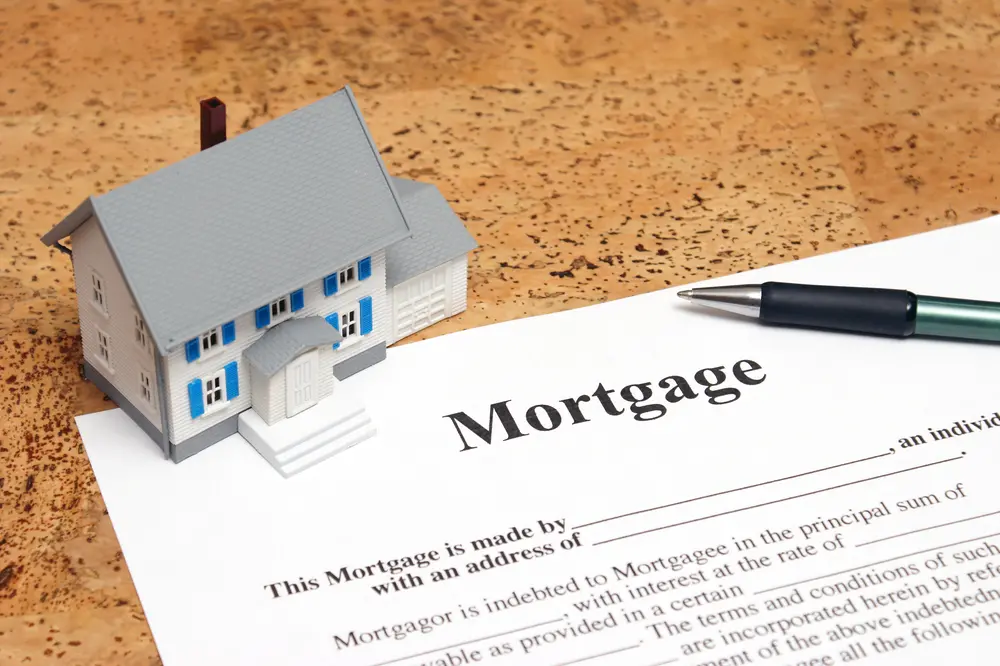PHOTO
December 01, 2016
Muscat - The traded value of property in Oman more than doubled to RO7.67bn during the first ten months of 2016 against RO3.42bn in the same period of the previous year.
The 124.3 per cent surge was mainly the result of a surge in mortgage activity, according to statistics released by the National Centre for Statistics and Information (NCSI).
Market experts believe the fast-paced growth in Oman’s Islamic banking industry has provided a boost to mortgage activity, which is fuelling growth in the real-estate market.
“The popularity of Islamic banking has increased mortgage activity,” said Philip Paul, head of Cluttons Oman.
Christopher Steel, managing partner of Savills Oman, said, “The cost of borrowing remains low and very accessible in Oman. In times of uncertainty, buyers of real estate do tend to borrow more rather than use their savings as capital and we suspect this is a reason for the recorded growth. The fast growth of Islamic banking has clearly also contributed to the success of property borrowing in the sultanate over 2016.”
Traded value of mortgage contracts soared by 186 per cent to RO6.8bn compared with RO2.38bn a year ago. Number of mortgage contracts during the ten-month period increased to 19,532 this year from 16,644 in 2015.
“Prices of land and completed properties carried on rising through to mid-year 2016. Many borrowers rushed to take out mortgage loans before interest rates went up. Growing population is fuelling demand for self-build stage mortgages and for completed properties,” Paul said.
Apart from mortgage contracts, NCSI statistics showed traded value of sales contracts dropped by 16.2 per cent to RO857.3mn from RO1.02bn in the first ten months of 2015.
Steel said property remains a safe haven in troubled times in all world economies and as such should not be adversely affected by macro economic conditions. “Over 2016 there has been much ‘scaremongering’ that the real estate market had collapsed when in fact it had, or indeed has not. There is continued trading activity across all sectors of the property market as the demand/supply remain in balance. We have a large population growth continuing in Oman and this needs housing so just because oil price is reduced it is not stopping natural and holistic demand for property.”
The total number of properties issued in the country during the first ten months of this year inched down 1.5 per cent to 196,651 from 199,616 a year ago. Properties issued for citizens of GCC states dropped 24.5 per cent to 1,480 properties in first ten months of 2016 compared with 1,959 properties issued in 2015.
Giving his outlook for Oman’s real-estate market in 2017, Paul said, “We anticipate 2017 slowing due to increased market uncertainty and the fact that 2016 saw a surge in borrowing.”
Steel said there are no fundamental reasons why the property market should not have a steady, if not ‘unexciting’ year [2017]. He said certain sectors will continue to be under pressure but the demand for property, both from a leasing and purchase perspective will likely remain steady.
“We are going to see some exciting new developments launched over 2017, the commencement of some of the large infrastructure/tourism projects and this will likely add confidence to the real estate sector. Overall, we expect the year [2017] to have a few bumps along the way but it will likely emerge without any significant concerns,” Steel added.
© Muscat Daily 2016












